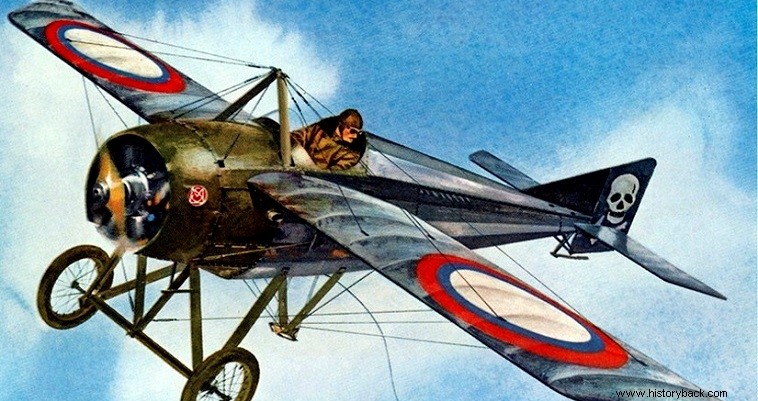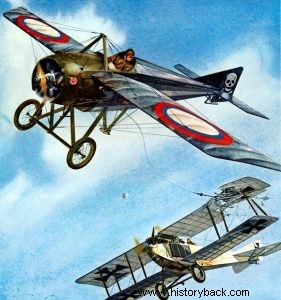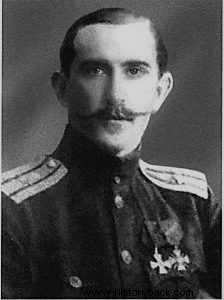
World War I was the embryonic era of military aviation. The first aircraft carried no weapons, with the exception of perhaps pistols or rifles, which were carried by their pilots. It was a time when if one wanted to take down the opponent one had to have a big… imagination.
On September 7, 1914, the Russian pilot Piotr Nestorov, unable to intercept an Austrian reconnaissance aircraft in any other way, rammed it, losing his own life. Nevertheless, for some, Nestorov was a role model.
On March 31, 1915 Alexander Kazakov (or Kozakov) decided to use an even more controversial way of shooting down enemy aircraft, tying to his aircraft, a French Morane Saulnier G, a ship's anchor on the edge of which he had placed explosives!
“One fine bright morning I saw Kazakov take off to pursue an enemy reconnaissance aircraft. A very interesting dogfight began in the clear sky. Suddenly he was above the enemy, so close that you thought he had landed on the upper wing of the enemy aircraft.
“Then I saw the anchor fall held by a rope. It was nailed to the upper wing of the enemy aircraft. From the weight the enemy for a moment dropped the muzzle down as if hanging in the air. The German pilot managed to level his plane for a while, but lost control and it began to fall like a fireball towards the earth, taking Kazakov with it.
"Less than 60m. from the ground Kazakov managed to unhook himself and nose-land his aircraft by breaking the propeller. But he was safe. The German aircraft went down but the pilot was saved and captured ", this is how Russian pilot Ivan Smirnov, an eyewitness to the event, described perhaps the strangest battle in the air of all time.
Kozakov himself said:"The damned anchor got caught in the enemy aircraft and so I decided to hit its wing with the wheels of my aircraft . I pushed the steering wheel and fell on him”…
Kazakov's mad takedown resulted in him being decorated. However, his method naturally found no imitators. However, he himself took command of a fighter squadron equipped with Nieuport 10 and 11 aircraft... Consequently he followed more conventional ways.
By December 1916 he had shot down four more enemy aces with 5 kills. He achieved a total of 32 kills (20 confirmed). In January 1918 he resigned, due to the Bolsheviks gaining power and fought with the air force of the Whites together with the British.
He was awarded the rank of RAF Ensign. He was killed in an accident on 1 August 1919 flying a British Sopwith Camel fighter during an air show. However, many say that it was not an accident but a suicide due to the drama of his homeland.


